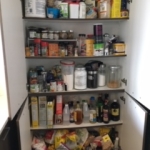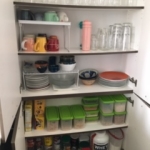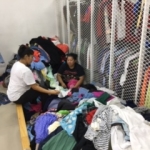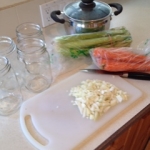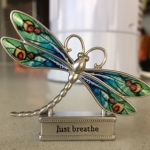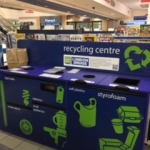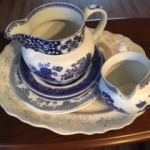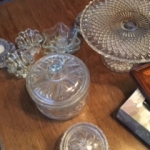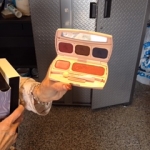How To Organize For A Quarantine
From one minute to the next, things are changing and they are changing fast.
I think we are all sitting on pins and needles just waiting for the next bombshell to drop.
In the mean time, it is important to stay positive and carry on as best we can.
We are all going to be tested. Our patience, our attitude and our compassion to name a few.
What would you do if you were forced to quarantine or if it was suggested you self-quarantined?
Check out this video on How To Organize For A Quarantine
Before and after ideas for organizing:
Let’s all stick together to make the most of this situation.
Kindness makes the world a better place.
If you are stuck at home and have always wanted your FREE over the phone discovery session, now’s the time to book it. www.gettingittogether.ca

